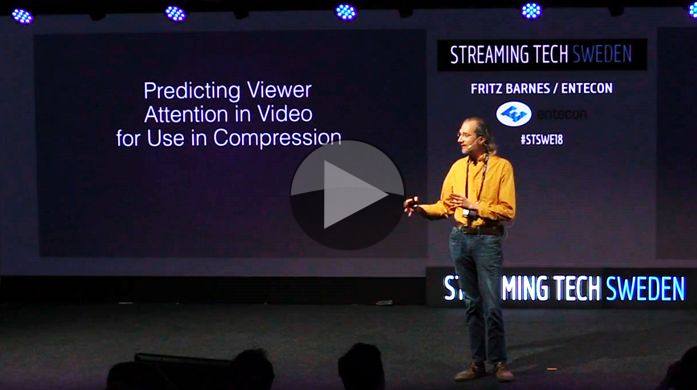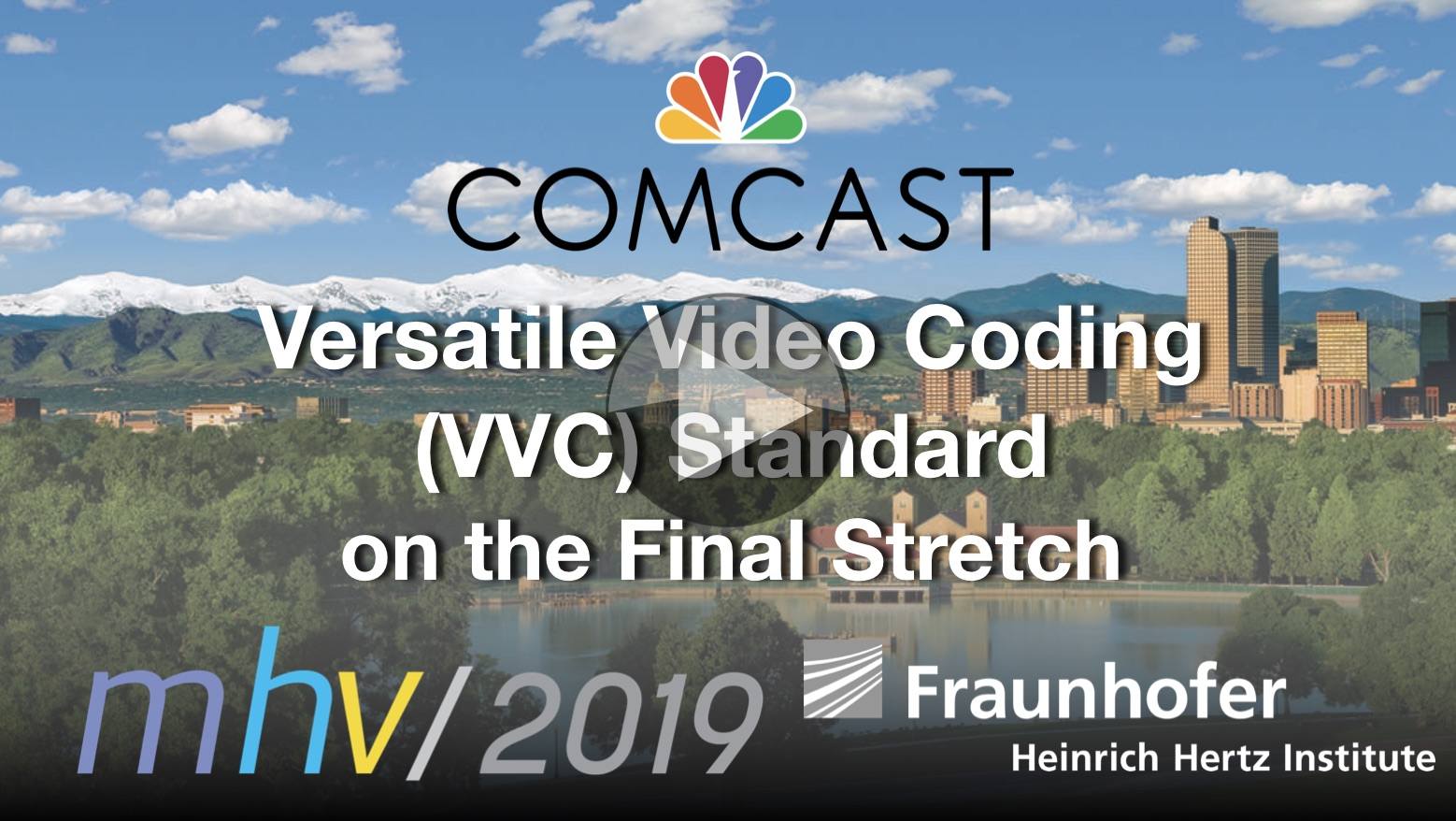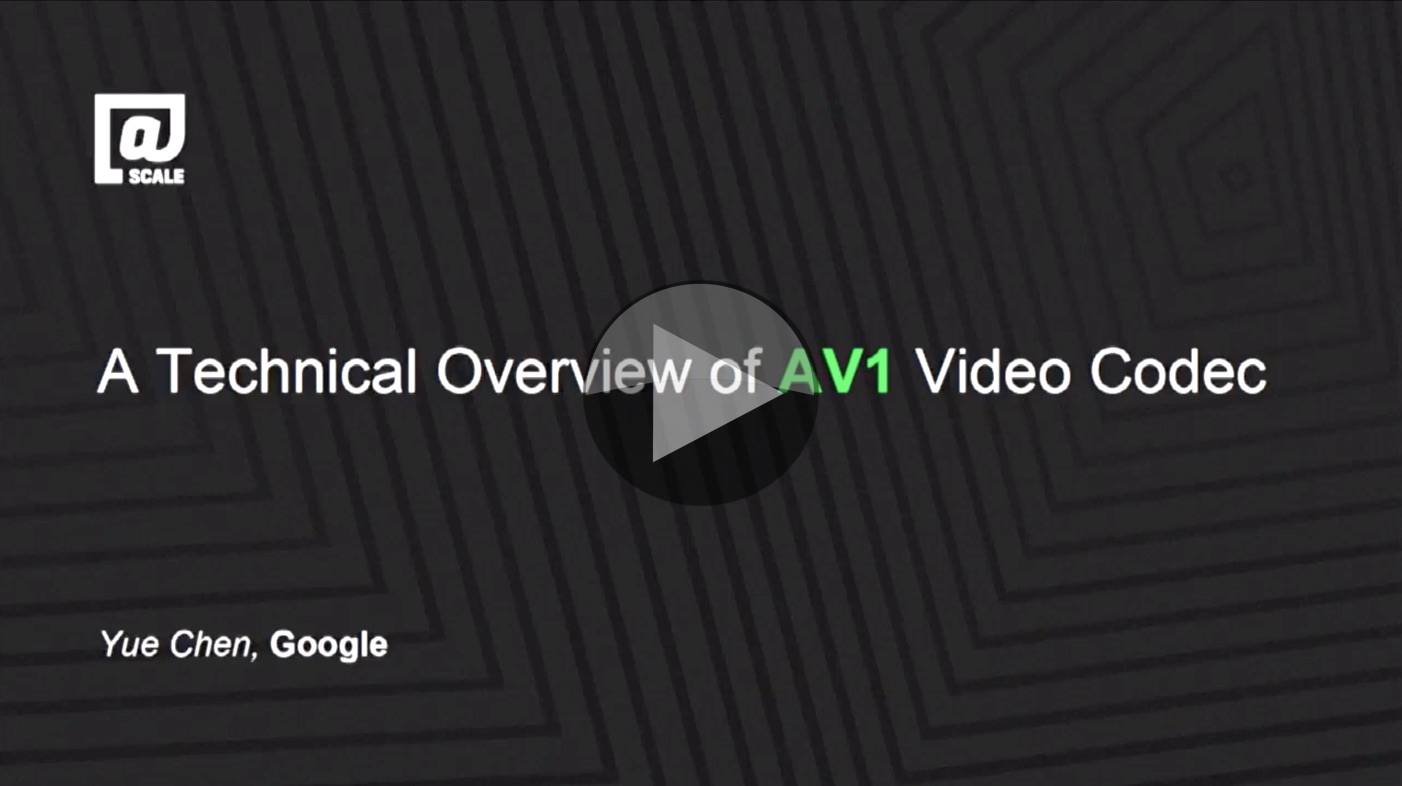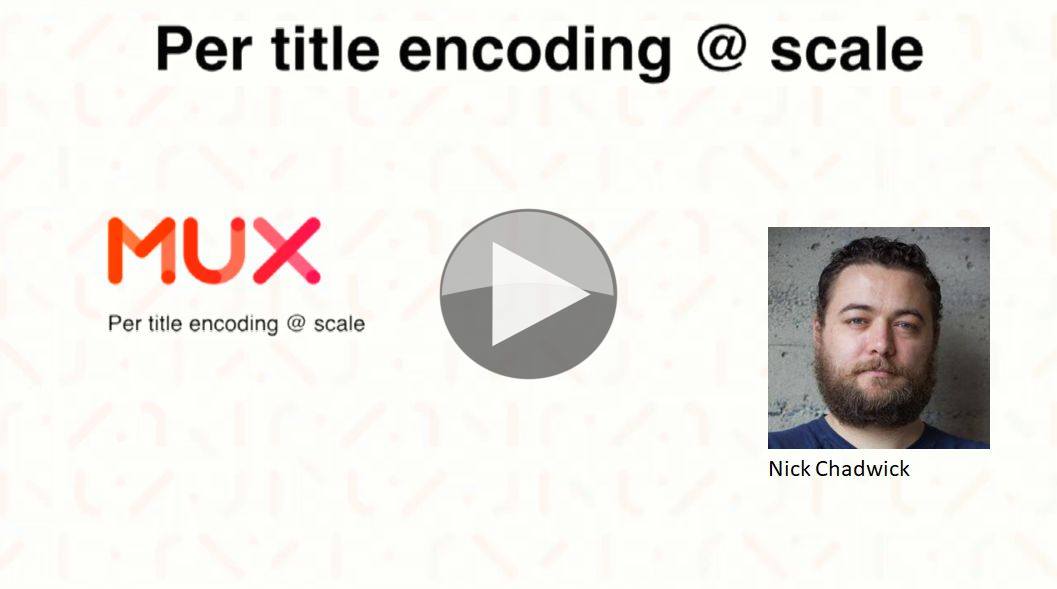Video compression is a never-ending endavour with hundreds of techniques possible. Some which aren’t in use are waiting for computers to catch up or, in this case, to find the best way to apply new techniques, such as machine learning, to the task.
In this talk from Streaming Tech Sweden 2018, Fritz Barnes from Entecon explains that region of interest compression – where you compress the image more in areas where the viewer won’t be looking – can significantly help reduce bitrate.
Fritz looks at techniques to analyse video and work out where people will be looking. This technique is called ‘saliancy deteciton’ and has been made practical by machine learning. Convolutional Neural Networks are introduced. The extensive training material is introduced and explains the model used to learn from it. Optical flow is a way to encode the motion of the video and is also part of the video.
The talk finishes by looking at the results of this technique; both the successes and problems.
Watch now!
Free registration required
Streaming Tech Sweden is an annual conference run by Eyevinn Technology in Sweden. Talks are recorded and are available to delegates for several months and are then freely available. Whilst registration is required on the website, it is free to register and to watch this video.








